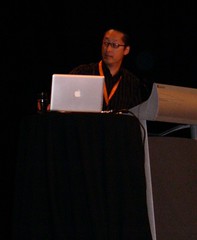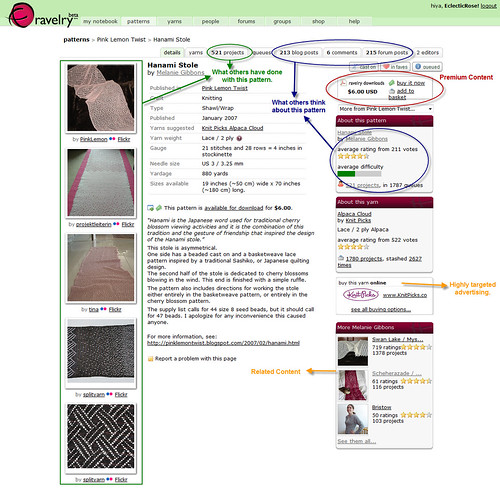The last NSW KM Roundtable event for the year was held this week. The theme for the day was information and governance - a topic I am currently quite interested in. Here's a writeup of one of the presentations on Governance and Enterprise Content Management.
Chris Donohue of Alpha Knowledge has had a long and varied career in both corporate governance and KM, which means he is well qualified to speak on the challenges of implementing a content management system that allows sharing while ensuring that there is a consistent approach to the governance of critical information.
It’s also fair to say that a number of KM Roundtable members pricked up their ears when Chris indicated that most of the ECMs he has implemented are based on – you guessed it – Sharepoint.
Before he launched into his case study, Chris made a couple of pithy observations:
- We spend 90% of the time managing 10% of information that needs to be secure
- Why copy and paste documents, emails and images when you can streamline a process?
- Part of the info management challenge is identifying what “quality information” is.
Case Study: Information Mismanagement
There’s this alarmingly common assumption that the implementation of a shiny new piece of software (in this case Sharepoint) will instantly fix all of the challenges an organisation might have with managing their documents and content. But, as the subject of Chris’s case study found out, just tossing documents into Sharepoint because the CEO has decreed “make it so!” really doesn’t work.
Enter Chris. His mandate was to establish a governance structure that would turn their Sharepoint site from a mess into a well-ordered and efficient platform for managing content and sharing information.
Implementation
Here’s some of the elements that helped them to achieve an effective Sharepoint implementation:
- The information architecture was carefully designed and kept CONSISTENT across the team sites
- A governance and security framework was also clearly defined
- Any content that had not been used in more than a year was not not migrated
- The implementation team got buy in and collective consensus from the company (it helps if the CEO is a fan of the project!)
- Phased process – it doesn’t have to happen all at once
- Communication was critical
- Change managed proactively
Information Architecture
Chris then discussed the Information Architecture of the site. It was broken into 3 types of repositories:
- Personal Knowledge
- folders/personal data
- emails
- IMs
which feeds into - Group Knowledge
- meetings
- Network data
- Intranets
- hard form docs
which feeds into - Business Intelligence
- data warehousing
- data mining
- KPI tracking
- Reporting
The Governance Framework
Some issues that had to be considered when creating structures for information sharing were:
- Chinese Walls (where departments/business units are in competition and can’t share info)
- Privacy (information that should only be available to HR etc)
- Hierarchy (cascading information accessibility appropriately)
- Compliance (ensuring appropriate and secure management of information required for audit and disclosure)
Most of these issues were dealt with by developing a generic security matrix. Sharepoint allows administrators to establish security groups. In this case they were set up by function:
- Group 1 – exec
- Group 2 – projects
- Group 3 – Operations
- Group 4 – HR
Implementation and Change Management
Training consisted of “Pretraining an post-training”
- pretraining grouped by IT proficiency. Pretraining also provides the opportunity to test the usability of the site and make adjustments before going live.
- post training – refresher courses
- flick the switch! At some point old systems and repositories need to be shut down to avoid duplication of content OR worse, the ongoing problem of content scattered across multiple systems.
Monitoring and Updating – facilitating governance of content
- Assigned owners to content, automated update reminders were set in Sharepoint to prompt review of content by the owners
-> great for policies and procedures. - Need to have an overall coordinator monitoring the content owners
An overall view of the process:
Analyse –> redesign architecture –> plan –> implement –> maintenance
The value of the who project was clearly demonstrated when the business went into a merger and were able to create a data warehouse of all the information in just a few days.
Thanks Chris for a solid and interesting presentation.






